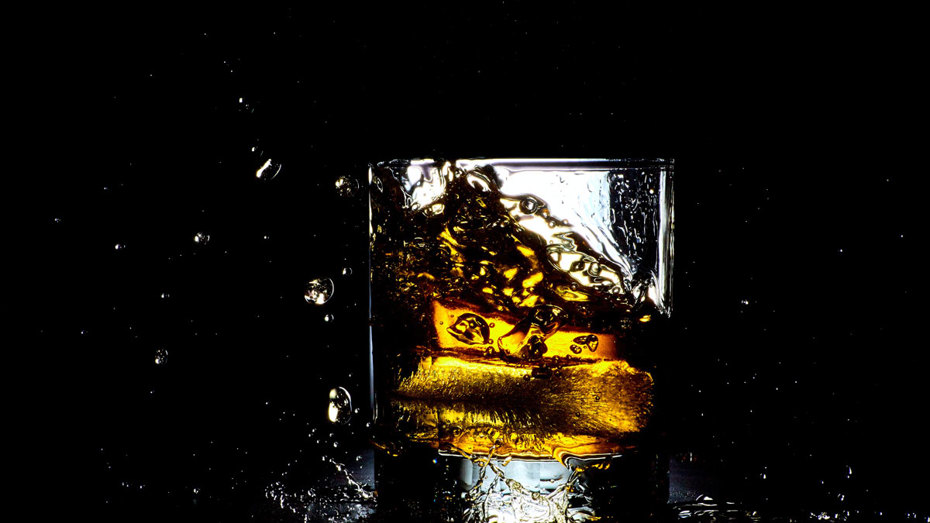Bourbon, a beloved American spirit, is enjoyed in various ways, but one of the most debated is its consumption with or without ice. The temperature of bourbon significantly affects its taste and aroma, offering a different experience with each sip. Understanding how ice interacts with bourbon can enhance the drinking experience, whether you're a seasoned connoisseur or a casual enthusiast.
- The Science of Temperature and Taste
The perception of flavor in bourbon is a complex interplay of taste, aroma, and mouthfeel. Temperature plays a crucial role in this dynamic. Generally, colder temperatures can suppress certain flavors and aromas while enhancing others. As bourbon cools, the volatility of its aromatic compounds decreases, meaning fewer aromas are released. This can lead to a more subdued nose but a potentially smoother taste. - The Impact of Ice on Bourbon
Adding ice to bourbon does more than just chill it; it dilutes the spirit as the ice melts. This dilution can be beneficial as it can soften the intensity of the alcohol, making the drink more approachable, especially for those new to bourbon. The melting ice gradually changes the flavor profile, starting with a strong, bold taste that becomes milder and more nuanced as the ice melts. - Temperature's Effect on Flavor Compounds
Bourbon contains a variety of flavor compounds, including those derived from the grains, fermentation, distillation, and aging process. At lower temperatures, the sweetness from the corn and the smoothness from the aging process can become more pronounced. Conversely, higher temperatures tend to amplify the spicier notes from the rye or barley in the mash bill and the tannins from the oak barrels. - Chilled Bourbon: Pros and Cons
Drinking bourbon on the rocks can be refreshing and can tame the burn of higher-proof bourbons. The chill can make the drink more palatable and can highlight certain creamy or sweet notes. However, chilling bourbon can also mask some of the spirit's complexities, especially the delicate notes that emerge only at room temperature. - Room Temperature Bourbon: A Fuller Experience
Enjoying bourbon at room temperature is often preferred by purists who argue that this is the best way to experience the full spectrum of flavors and aromas. At this temperature, the volatiles are more active, offering a more pronounced nose and a fuller taste profile. Every subtle nuance, from the smokiness of the charred oak to the richness of the caramel notes, is more evident. - The Middle Ground: A Few Drops of Water
For those who find neat bourbon too intense but still want to experience its full flavor profile, adding a few drops of water can be the solution. This practice, known as "proofing down," can open up the bourbon, releasing hidden flavors and aromas without significantly lowering the temperature or overly diluting the drink. - The Type of Ice Matters
The type of ice used can also affect the bourbon experience. Large, dense ice cubes or spheres melt slower, offering gradual dilution and sustained chilling. In contrast, smaller ice pieces or crushed ice will melt faster, quickly diluting and chilling the bourbon, which can significantly alter the flavor profile. - Experimenting with Temperature
The best way to understand how temperature affects bourbon is through experimentation. Trying the same bourbon at different temperatures and with varying levels of dilution can be an enlightening experience. This exploration can help you discover your personal preference and deepen your appreciation for bourbon.
Conclusion
Temperature and dilution play critical roles in the bourbon tasting experience. While there is no right or wrong way to enjoy bourbon, understanding how ice and temperature affect its taste can help you tailor your drinking experience to your liking. Whether you prefer your bourbon neat, on the rocks, or with a splash of water, the key is to savor and enjoy this versatile and storied spirit.

